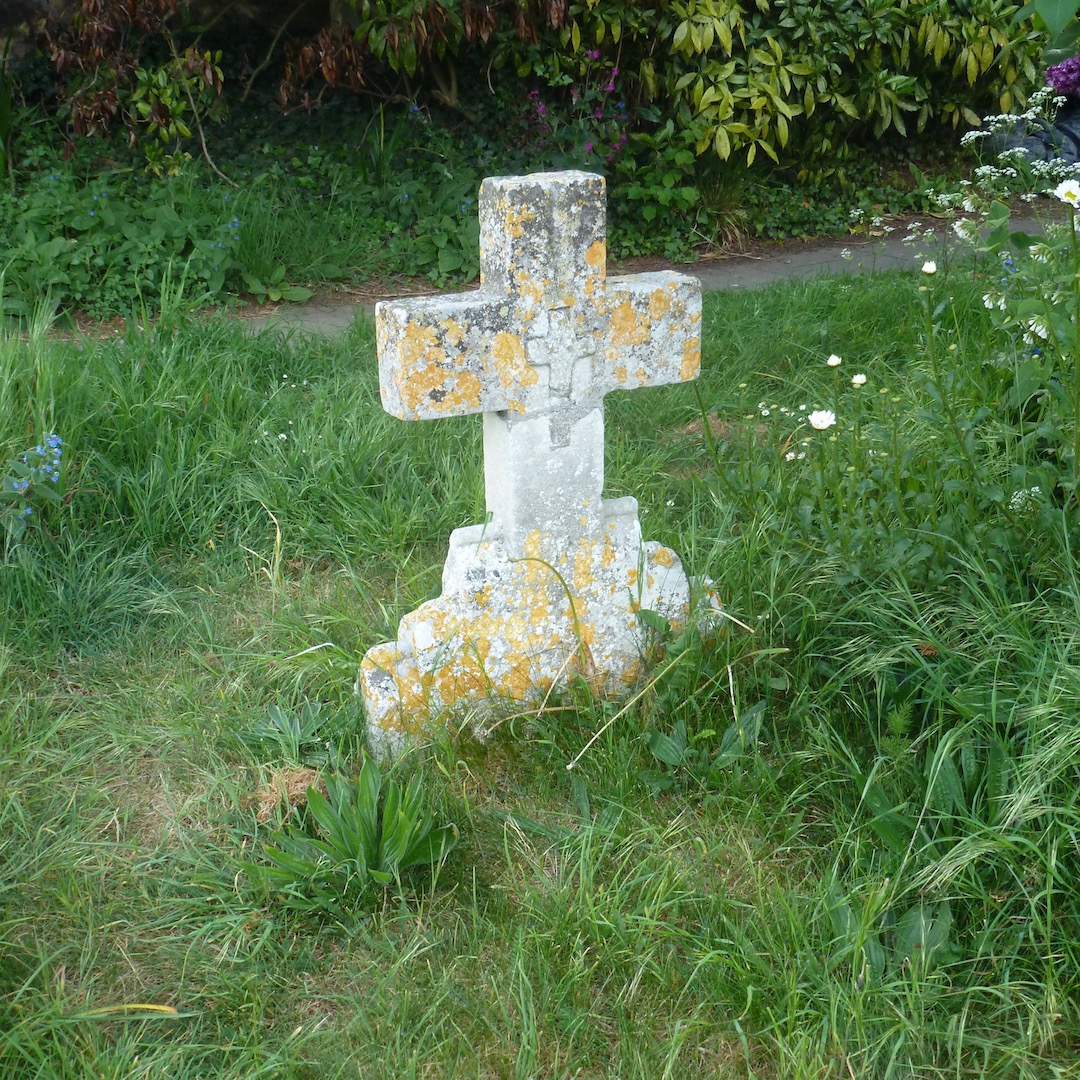An hour after Dr. Margery Dimplewait (Marge) had made up her mind that she’d keep her 15-year-old Toyota because she felt it loved her more than she loved it, it stopped for the last time. She got out as a man ran to the body of Chuck (Chuckles) Longman. ‘Get my case from the trunk,’ she told him. A thirty-something woman, still in her nightdress, flew from her house (that Chuckles had just left) and only managed to stifle a scream when she remembered her husband would be home from the airport later that morning. Chuckles’ forty-something wife showed less emotion when she was woken by a phone call fifteen minutes later at 6:30 a.m. to hear that he had died in a motor accident.
‘Thanks for arranging everything and bringing me home, Joe,’ said Marge to the police officer who had helped her into the house with her bags out of the Toyota that had loved her.
Ever since 14-year-old Angie had been killed, the residents of the Idaho town near the Ponderosa Pine Route, no longer greeted each other with the same cheerfulness. Even preacher Wilson Miller was less fiery. Chuckles and his mates, however, seemed as boisterous as always and his new convertible made the same low thudding noise as his previous one, the one that killed Angie while he drove along an unusual route between his house and the auto-tyre franchise he owned.
4 weeks earlier, Marge had been seen holding a stethoscope against Angie’s headstone at 2:30 in the morning. Edna Holdsworth’s two best friends assured her of their absolute confidence before she described Marge creeping through the graveyard with some sort of magic necklace and performing a ritual before making a cry and jumping back from the grave. ‘It was obviously a signal to end whatever she’d been doing,’ said Edna. Edna’s two best friends gained the confidence of four further friends and, apart from saying that Marge’s hair glowed in the dark, they described exactly what Edna had told them. Within a week, the town near the Ponderosa Pine Route was peppered with stories of Marge being a witch.
In truth, Marge had jumped back from the grave after holding her stethoscope against the headstone and hearing what she thought was a young girl coughing and crying for help. She’d then driven home, made coffee, cut herself a slice of apple pie and had sat down in her study to try and make sense of what she’d heard. By the time the sun had come up, she’d guessed it was a voice in her head, possibly because she’d been so disturbed by what she’d heard about Angie’s death.
That afternoon, with her stethoscope in her pocket, she drove back to the church, walked to the headstone and listened. Angie’s cry for help and her cough seemed clear for the first few seconds before dying away. Marge, who put witchcraft and all religions into a corner of her mind marked ‘cult behaviour’, was fascinated by the power of the human mind and visited the headstone five more times over the following two weeks – three at night and two by day, but she heard nothing. Angus, the forestry man from More’s Creek, who never failed to call in on her when collecting provisions from the local store, went with her on one trip and said he’d heard nothing. ‘I know it’s in my head,’ she told him. ‘It’s stayed with me. Rather like a person hearing their dead mother telling them where to go to get out of the burning building. I know it will soon go. Perhaps I’ll finish my paper on psychiatry after all.’
Ten days after Chuckles had stepped into the road without looking, Marge’s new automobile was delivered and within an hour, she’d put her medical bag into the trunk and surreptitiously visited Angie’s grave. Marge cleaned a small area of the marble headstone and held the chest piece of her stethoscope against it. She half expected to hear something and didn’t flinch when Angie’s voice said, ‘I’m sorry you had to kill Chuckles, Dr. Dimplewait.’
H. E. Roffey

